My dream is to see more robust informal peer learning networks in the nonprofit sector.
As a trainer, I’m intensely interested in creating learning experiences that integrate or about how to use the technology for nonprofits that engage and inspire people to put the ideas into practice. I’ve been obsessed with peer learning and self-directed learning models in my own learning and the trainings I design and facilitate.
The term Peeragogy came fluttering through my network, like a butterfly, and it caught my interest. It resonated. When an idea or concept makes me want to scuplt it out of mash potatoes, I pay attention.
Peeragogy comes from Howard Rheingold via his Social Media Classroom and he explains it here:
When I participated in the Change: Education, Learning, and Technology MOOC, I grew even more interested in the intersection of digital media/networks with self-directed learners and collaborative learning methods. I knew that I wasn’t the first person to explore this space, and I was fortunate that Charley Danoff was in my second cohort of online co-learners. Danoff, it turned out, had written a paper on “Paragogy” with Joe Corneli (who coined the term). When I started talking to people about this exciting idea, some of them inevitably mishear it as “peeragogy.” Although “paragogy” is a more rationally derived word that extends “pedagogy” (teaching children) and “androgogy” (teaching adults), I’ve started calling it peeragogy because many people get the point as soon as I use the word.
UC Berkeley Regents’ Lecture: Howard Rheingold (Presented by Berkeley Center for New Media) from Berkeley Center for New Media on Vimeo.
On Monday, Rheingold delivered the UC’s Regents Lecture, “Social Media and Peer Learning: From Mediated Pedagogy to Peeragogy” prior to working with a group of students in a seminar and launching a process to co-construct a peeragogy handbook/sourcebook.
Rheingold published this post as a backdrop to his Monday evening talk. He talks about the powerful combination of social media and peer learning. His post reflects on his years of “learning in action” on his instructional practice of peer-to-peer, global learning via social web. What struck me was his authentic co-learning process with his students. He explains it better here:
In retrospect, I can see the coevolution of my learning journey: my first step was to shift from conventional lecture-discussion-test classroom techniques to lessons that incorporated social media, my second step gave students co-teaching power and responsibility, my third step was to elevate students to the status of co-learner. It began to dawn on me that the next step was to explore ways of instigating completely self-organized, peer-to-peer online learning.
The ultimate test of peer learning is to organize a course without the direction of an instructor. Although subject-matter experts and skilled learning facilitators are always a bonus, it is becoming clear that with today’s tools and some understanding of how to go about it, groups of self-directed learners can organize their own courses online.
Howard’s goal is to ignite a a peer-created guide to pure peer-to-peer learning. In preparation for this project, one of his students has prepared a peeragogy literature review, based on his links about paragogy.
My questions:
- How can this idea be best adapted for learners in developing countries that may not enjoy the same level of internet access?
- How can this idea be best adapted for professional development activities for nonprofit folks?
This should be a fascinating learning journey.
